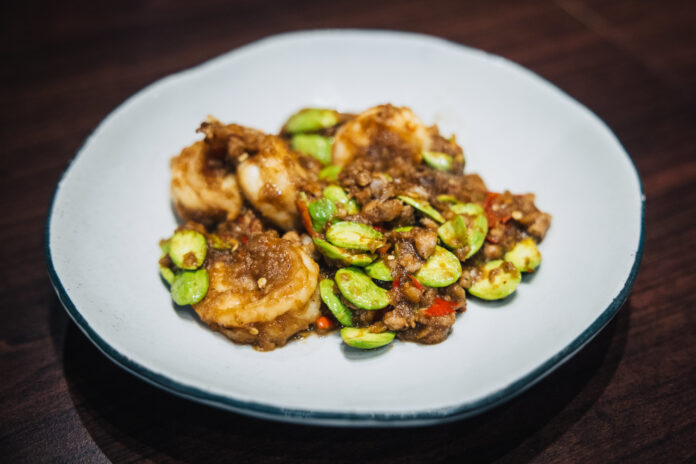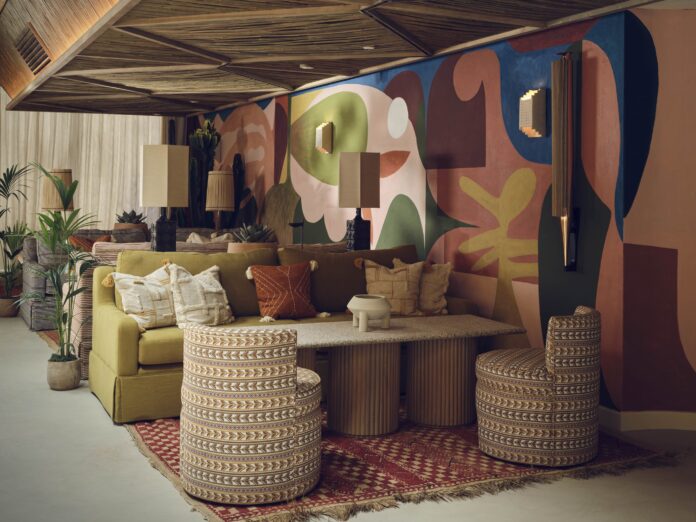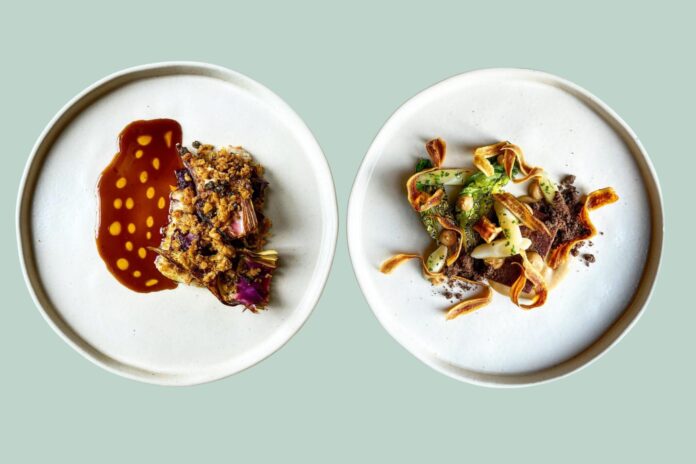As a wine lover there are few things worse than bringing an amazing bottle of wine to a supposed gourmand’s dinner party – hey, perhaps we’ll stop right there…
…Only joking. So, you bring that amazing bottle, before talking up said bottle to your friends, handing the wine to your host, only for them to bring the bottle out later and serve the wine too warm or too cold for anyone to truly enjoy its flavours.
Serving wine at the ideal temperature can significantly enhance its flavours, aromas, and overall enjoyment and knowing which wines to serve at what temperature can help avoid dinner party disasters like the one illustrated above.
Each type of wine has an ideal serving temperature that maximises its characteristics. We’ve put together a comprehensive overview on which wines should be served at what temperature and, most importantly, why.
Sparkling Wines
Champagne, Prosecco, Cava, and Sparkling Rosé:
- Ideal Temperature: 4-8°C
- Serving Tips: Chill sparkling wines in the refrigerator or a cold wine fridge for a few hours before serving. If you’re in a hurry, 20-30 minutes in an ice bucket filled with ice and water can achieve the desired temperature. Sparkling wines are best served cold to maintain their effervescence and crispness. A warm sparkling wine will lack crispness although a fine vintage champagne can be served closer to 10°C.
Read: What to look for in the best sparkling wine
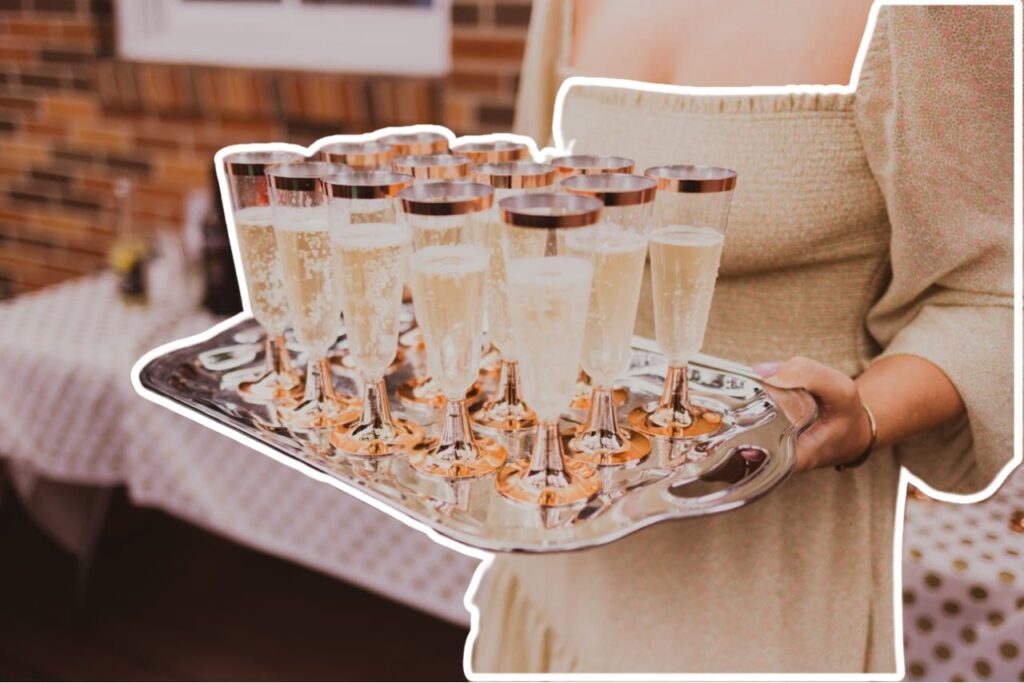
White Wines
Light-bodied Whites (e.g., Sauvignon Blanc, Pinot Grigio, Vermentino):
- Ideal Temperature: 7-10°C
- Serving Tips: These wines should be well-chilled but not too cold, as excessive chilling can mute their delicate aromas and flavours. Refrigerate for about 2 hours before serving or use an ice bucket for 30 minutes.
Full-bodied Whites (e.g., Chardonnay, Viognier, Marsanne):
- Ideal Temperature: 10-13°C
- Serving Tips: A slightly warmer temperature allows the richer textures and complex flavours to shine. Store in the refrigerator for 1.5 hours or an ice bucket for 20 minutes before serving.
Aromatic Whites (e.g., Riesling, Gewürztraminer, Chenin Blanc):
- Ideal Temperature: 7-10°C
- Serving Tips: These wines benefit from a temperature that enhances their aromatic profiles without overwhelming the palate. Refrigerate for about 2 hours or use an ice bucket for 30 minutes.
Rosé Wines
Light to Medium-bodied Rosés (e.g., Grenache Rosé, Pinot Noir Rosé):
- Ideal Temperature: 7-13°C
- Serving Tips: Similar to white wines, rosés should be chilled but not too cold. Aim for the lower end of the range for lighter styles and the higher end for fuller, more complex rosés. Refrigerate for 1.5 to 2 hours or use an ice bucket for 30 minutes.

Red Wines
Light-bodied Reds (e.g., Beaujolais, Pinot Noir, Gamay):
- Ideal Temperature: 13-15°C
- Serving Tips: These wines are best slightly cooler than room temperature. 30 minutes in the refrigerator before serving can achieve the right temperature. This helps to accentuate their fresh fruit flavours and subtle nuances.
Medium-bodied Reds (e.g., Merlot, Barbera, Sangiovese):
- Ideal Temperature: 15-18°C
- Serving Tips: Serve just below room temperature to balance the fruit and tannin structure. 15-20 minutes in the refrigerator should suffice.
Full-bodied Reds (e.g., Cabernet Sauvignon, Syrah/Shiraz, Malbec):
- Ideal Temperature: 15-18°C
- Serving Tips: These robust wines benefit from a slightly cooler than room temperature to soften the tannins and highlight their depth. Refrigerate for about 15 minutes before serving.

Dessert Wines
Sweet Whites (e.g., Sauternes, Ice Wine, Moscato):
- Ideal Temperature: 4-10°C
- Serving Tips: Chilling these wines enhances their refreshing qualities and balances the sweetness. Refrigerate for 2 hours or use an ice bucket for 30 minutes.
Sweet Reds (e.g., Brachetto, Recioto):
- Ideal Temperature: 10-13°C
- Serving Tips: Slightly cooler temperatures help maintain their freshness and prevent the sweetness from becoming cloying. Refrigerate for 1.5 hours or use an ice bucket for 20 minutes.
Fortified Wines (e.g., Port, Sherry, Madeira):
- Ideal Temperature: 13-18°C
- Serving Tips: Serve these wines at a temperature that allows their complex flavours and alcohol content to balance harmoniously. A brief 15-minute chill in the refrigerator is usually sufficient.
Orange Wines
Skin-Contact Whites (e.g., Orange Wine, Amber Wine):
- Ideal Temperature: 10-13°C
- Serving Tips: These wines, made from white grapes with extended skin contact, benefit from a slightly cooler temperature to highlight their unique tannic structure and complex flavours. Refrigerate for about 1.5 hours or use an ice bucket for 20 minutes.
Natural Wines
Minimal Intervention Wines (e.g., Natural Wine, Biodynamic Wine):
- Ideal Temperature: Varies (typically 12-16°C)
- Serving Tips: Natural wines can be more sensitive to temperature fluctuations due to minimal intervention and lack of preservatives. Aim for a balanced temperature that suits the wine’s style, often slightly cooler than room temperature. Refrigerate for about 30 minutes to 1 hour depending on the wine’s body and structure.
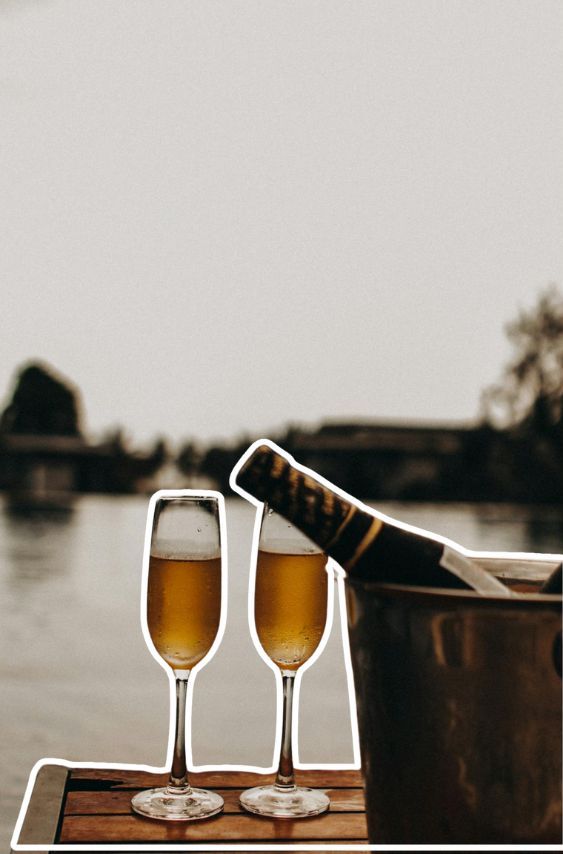
The Outliers
Whilst the table above offers a good overview to the ideal serving temperature for wines, like all things in life, there will be exceptions to the general rule.
An exceptionally extracted, bombastic Californian Pinot Noir from a hot year may fair very well at 18°C, whereas a delicate Spätburgunder (also Pinot Noir) from a northerly German winemaking outpost may very well be better slightly chilled down to 10°C.
The ideal service temperature of wine is considering body/alcohol/tannin and robustness of flavour. If your Cinsault is from a warm climate in a hot year then consider serving it at room temperature, if your Shiraz is from the
Additional Tips For Serving Wine
Of course, wine temperature tips don’t only concern degrees celsius. Here are some other things to bear in mind when considering the temperature at which you serve your vino.
Invest In A Wine Fridge Pulling your wine bottles at the ideal temperature from a wine fridge saves time and hassle. If you drink a variety of both red and white wine then a dual zone wine fridge will work best. If you’re a collector of fine red wines, then a wine cabinet that can be set to 12°C, the temperature that most closely matches the conditions of an underground cellar, will be the best way to go.
Consider Room Temperature Variations Adjust chilling times based on the ambient temperature. Warmer rooms may require a bit more chilling time.
Use Ice Buckets For Quick Chilling An ice bucket with water and ice can rapidly bring wine to the desired temperature.
Avoid Over-Chilling Over-chilled wines can lose their flavour and aromatic qualities. Allow some time for the wine to warm slightly if it’s too cold.
Decanting Decanting can help to aerate wines, especially reds, and can be done at the same time as reaching the ideal serving temperature.
Glassware Choose stemware that avoids the hands creating additional warmth with the liquid in the glass. A traditional wine glass with a stem is ideal even if wine beakers are all the rage.
Keep Open Bottles Cool Use a wine cooler or chiller to maintain the temperature of an open bottle throughout your meal.
The Bottom Line
By paying attention to these guidelines, you can ensure that every glass of wine you serve is enjoyed at its best, highlighting its unique characteristics and enhancing the overall tasting experience.

